24 Aug

Whether you’re operating a brick-and-mortar restaurant or online food store, copywriting is key to make consumers buy. And this is where a food copywriter comes in.
The restaurant industry is one of the toughest industries to date. There are over one million restaurants in the United States with around $899 billion projected sales this year. And it’s no surprise why some food businesses fail in this niche. Why? Aside from food quality, it’s also because they fail to persuade their consumers with their product descriptions.
A food copywriter doesn’t only make your food sound enticing. They also understand consumers well and work their copywriting skills to make them purchase. The kind of writing food copywriters do differs from ordinary copywriters.
For one, every food description boils down to the senses. Since food is different when tasted, food copywriters try to give the consumers an initial sensory taste through words. Moreover, these food descriptions must describe what the final product smells, tastes, and looks like. Or else, restaurateurs will turn off customers right off the bat if they’re served something entirely different.
That being said, hiring professional food copywriters is vital to increase restaurant sales. Of course, that’s only half of the equation. The second half would solely depend on how good your food is, which is entirely up to your team of chefs.
For the first half, we’ll tell you how a great food copywriter can positively impact your bottom line.
Knows how to sell to customers
Copywriting will never work without knowing who you’re communicating to. As with any other industry, marketers should always conduct target audience research. This is, so it’s easy to communicate with their audience in their advertisements.
And with food copywriting, one wrong move of not doing audience research can shoo consumers away. For instance, if you’re offering vegetarian burgers, you must know how to sell it to your audience. By merely explaining what the patty is made of, you’re luring your customers in.
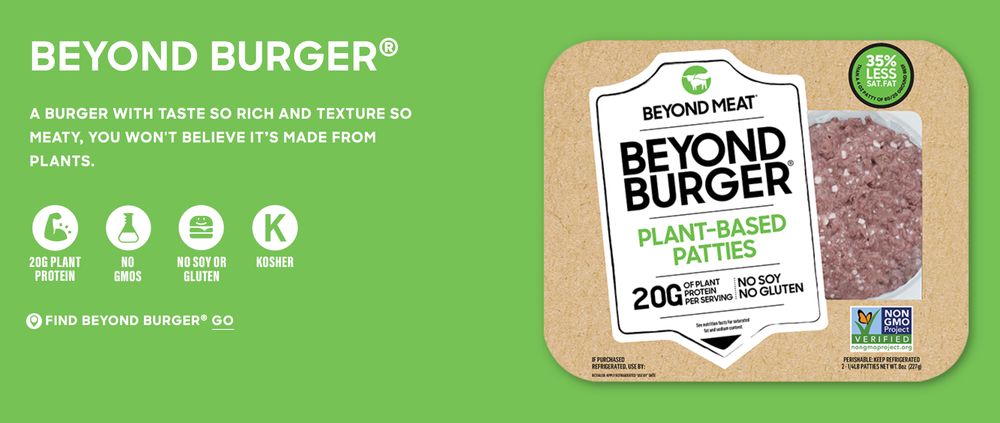
Here’s an example from Beyond Meat. Of course, a great food copywriter must know how to make it sound and taste like the real juicy, meaty burger patty. Because after all, the flavor of real meat is still as delicious (at least for the meat-eaters). And that’s what Beyond Meat did on their landing page. The disclaimer in the end, which reads “You won’t believe it’s made from plants” will hook the vegetarian audience.
Complements imagery
In food advertising, images are incredibly crucial to entice consumers. But purely banking on pictures of food alone might not be as effective. And this is where food copywriters work their magic.
They have the power to make the imagery come to life by complementing it with compelling copywriting. However, the copy must be concise, depending on the advertising medium. For instance, food writers can describe an image on a menu thoroughly. That’s because people have time to read through it before ordering.
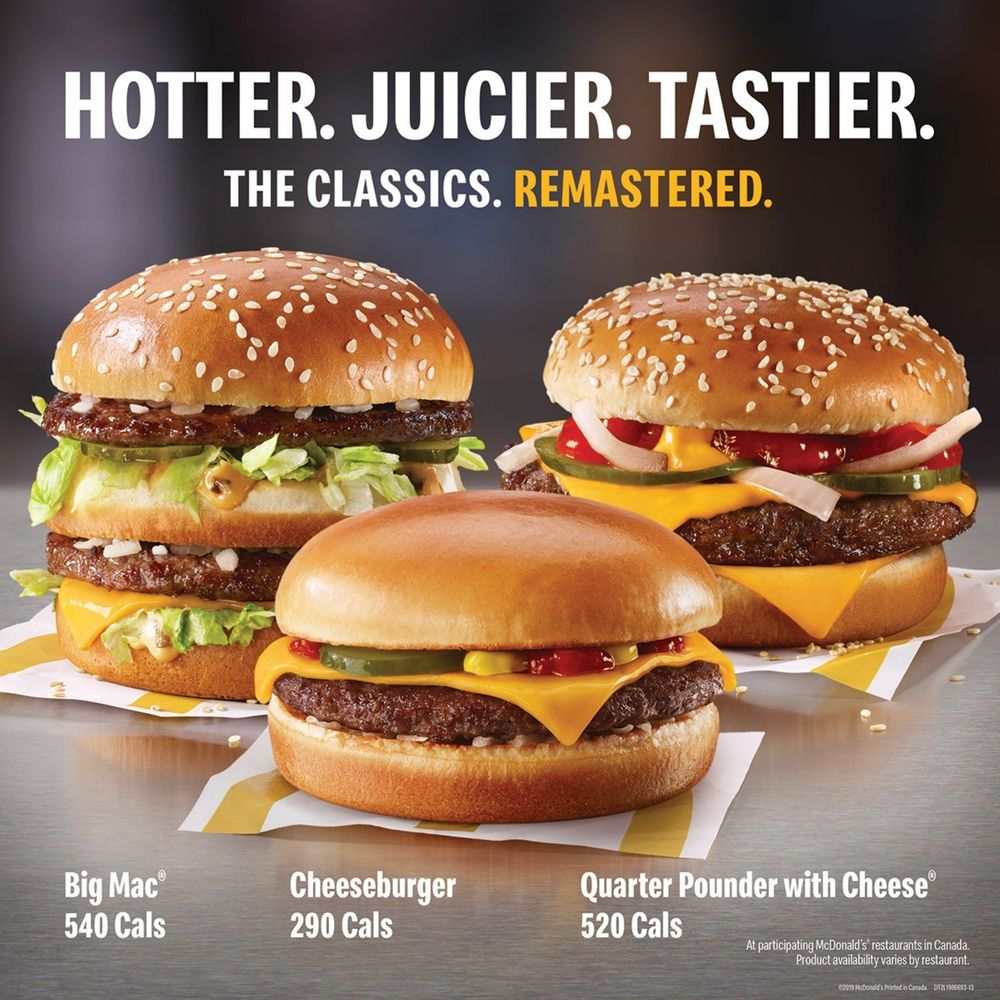
However, when writing copy on billboards and social media, it must be short and sweet just like this McDonald’s ad.
Ignites the senses
The essential ingredient in food copywriting is superlatives that ignite the senses. And I don’t mean flowery or poetic words. It must be something that makes your customers salivate even just from reading the descriptions. And when you give them what they were craving for in the first place, you’ll likely make them order. Check out this Ben & Jerry’s ad copy for their mint ice cream:
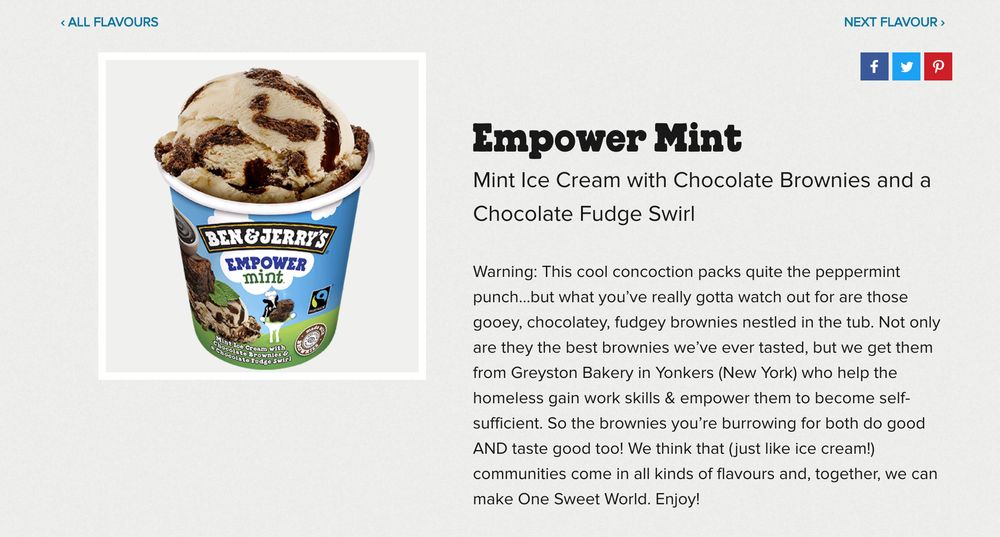
Food copywriters know how to tap into these sensory perceptions:
Aroma
The moment your food is served on the table or time you unbox your order, smell is the first sensory perception you experience. And you must hook your customers first with the exact smell of your food. Here are a couple of ways to describe your food’s smell:
- Citrusy
- Fishy
- Fruity
- Garlicky
- Fresh
- Minty
- Aromatic
- Peachy
- Smoky
- Woody
- Sweet
- Tangy
- Rich
- Savory
Taste
The next experience diners get after the smell is the food’s flavor. Make sure every description counts, so it stirs up consumers’ palates. Even one superlative can tickle a customer’s taste buds and urge them to order. So be precise and use one of these adjectives:
- Acidic
- Bitter
- Briny
- Citrusy
- Earthy
- Fresh
- Fiery
- Mild
- Hot
- Full-bodied
- Herbal
- Honeyed
- Nutty
- Rich
- Sour
- Tangy
- Sweet
- Spicy
- Zesty
- Smoky
Texture
Last but not least is how the first bite feels on a diner’s tongue. And some consumers are very particular with their food’s texture. Why do you think not a lot of people like okra? Here are a few words to describe food texture:
- Airy
- Creamy
- Crispy
- Crumbly
- Chewy
- Buttery
- Doughy
- Sticky
- Smooth
- Succulent
- Tender
- Velvety
- Silky
- Juicy
- Hearty
- Flaky
- Fluffy
- Gooey
- Crusty
- Crunchy
Incorporates storytelling
Storytelling is another essential element that can make customers decide whether or not they want to eat at your restaurant. And this is a great advantage over your competitors who ignore sharing stories about the food and its history.

Stories like how the restaurant came to be or where the food was sourced can gravely impact the buyer’s decision. Dishoom, a Mumbai-based restaurant, banks on local facts that add authenticity to the dishes they serve.
In turn, this can give customers unique dining experience, especially if they’re craving local dishes. Moreover, incorporating storytelling or a bit of the restaurant’s history creates drama and adds to brand recognition and loyalty.
Prevents food labeling issues
The last thing you want is a litigation case from someone allergic to sesame seeds because you forgot to include it on your menu. Those who are allergic to some food ingredients are very particular with every label and description on the menu.
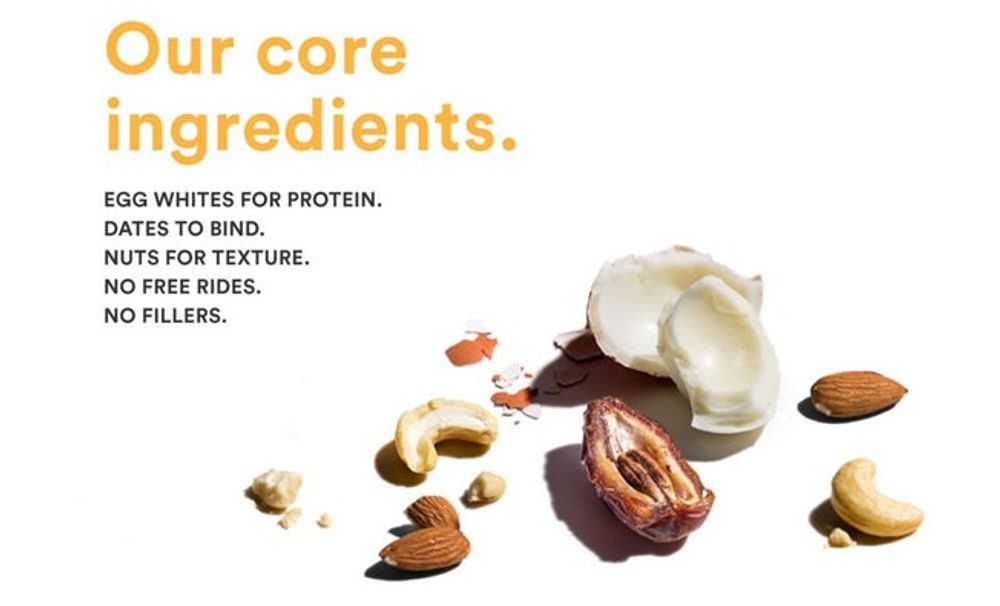
While some food copywriters go for a poetic route, some like to write a NO-BS description. And RX Bar is the best example of a concise and no-frills product label.
Diversifies copy on various channels
An excellent food copywriter means being able to diversify the copy that works on every channel or medium. For instance, the copy on your menu will undeniably not work in more fast-paced social media networks.
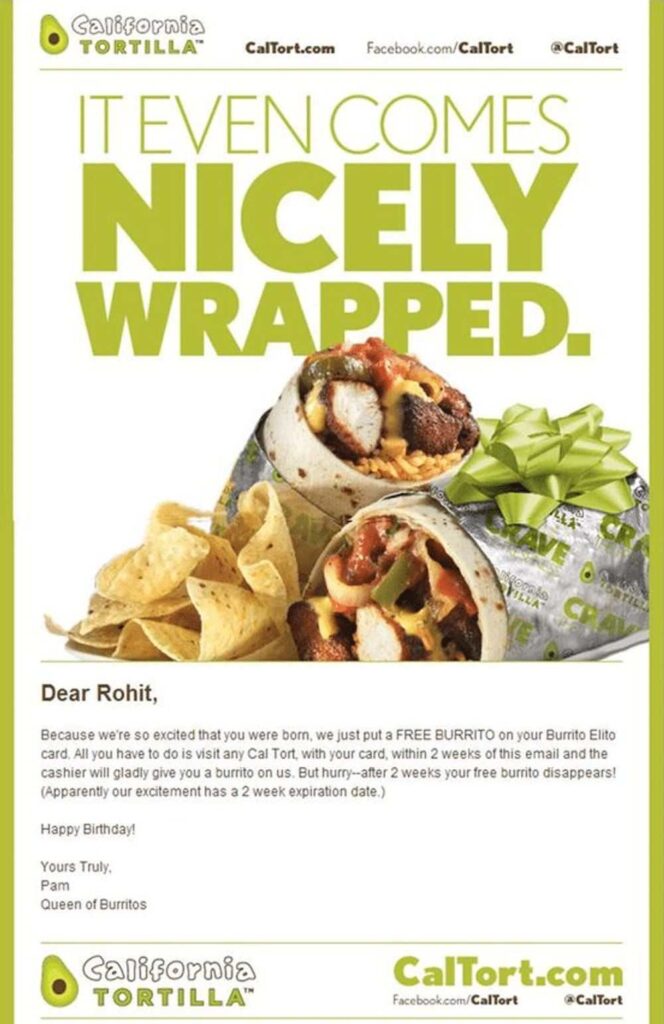
Moreover, the copy on your website might not be as effective compared to sending a direct email copy to your customers. Food copywriters know how crucial versatility is when writing for various audience demographics and psychographics. Here’s California Tortilla’s personalized email that will surely make the recipient grab the offer.
Overall, a food copywriter should be a restaurateur’s best friend when aiming to skyrocket sales. But choosing one with skills that convert is the only way you can gain more patrons through that restaurant door. Content Fuel is an on-demand copywriting service that can help you with all your content needs.








